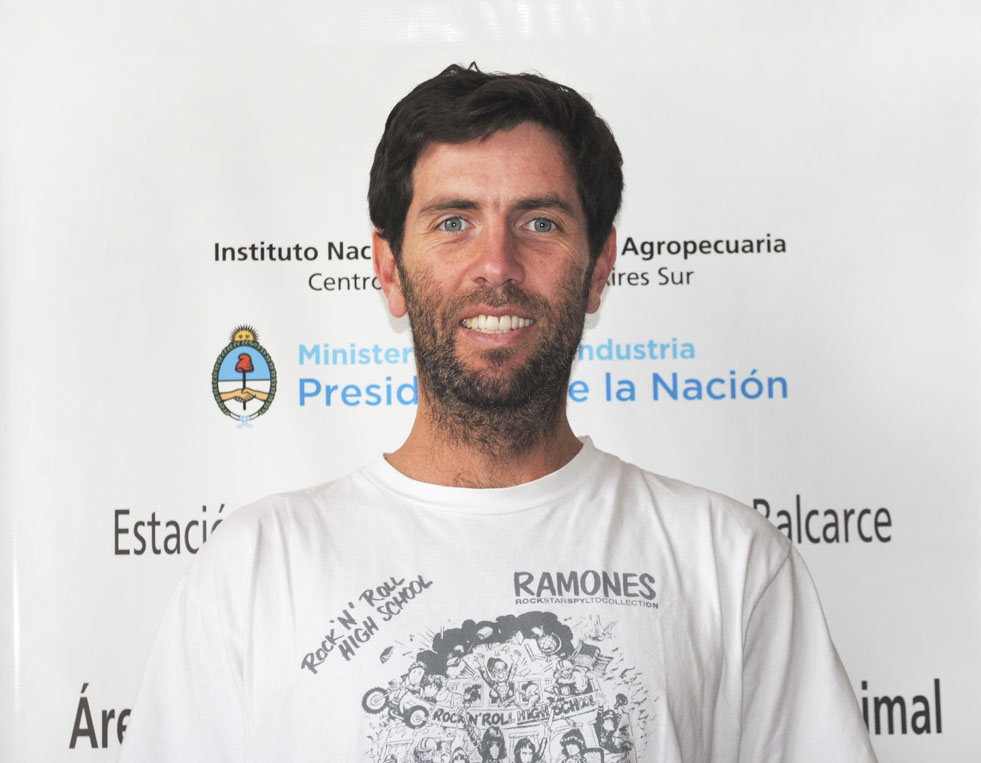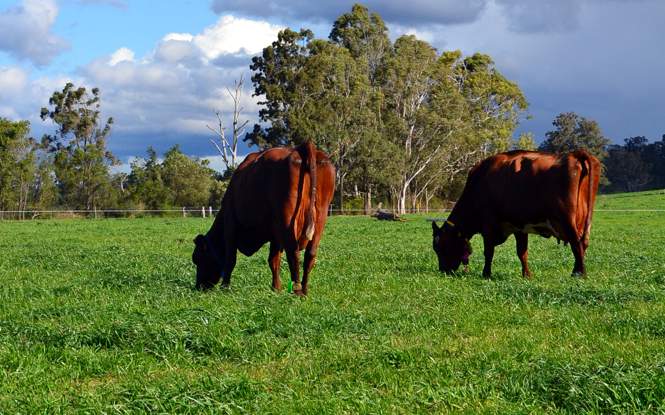In Australia’s grazing-based dairy systems, pasture utilisation is closely linked to profitability. Kikuyu is well-adapted to subtropical areas. It is fast growing but of moderate quality and generally perceived as a grass of poor nutritive value for dairy cattle. The Dairy UP team is working to change that.
The timing of grazing has a big impact on Kikuyu’s nutritive value which affects pasture utilisation and profitability.
Kikuyu leaves lose quality very rapidly if not consumed at the right time, and the window of opportunity is generally smaller than for temperate grasses.
Grazing intervals also affect stem content. This matters because the nutritive value is affected by the proportion of the pasture that is made up of stems, leaves etc. Stems are more fibrous so the digestibility and nutritive value of kikuyu pasture is reduced if there’s higher stem content.

Research Approach
The Dairy UP team is modelling changes in the nutritive value of Kikuyu plants at different stages of regrowth. They are adapting a model originally developed for tall fescue and ryegrass.
Plot-scale, field experiments have been conducted in 2023 and 2024 to provide data to calibrate the model for Kikuyu.
Model
The model can simulate changes in leaf digestibility during regrowth at different leaf stages. It accounts for leaf growth, leaf age, leaf size and nutritive value (fibre content, fibre digestibility and metabolizable energy).
Field experiments
The first stage involved controlled field studies with small, replicated plots of Kikuyu under different growing conditions.
This enabled detailed assessment of plant morphology (structure) and nutritive value traits including age and leaf length, leaf number per tiller, fibre (NDF, ADF) and digestibility (DMD and NDFD). This data is being used to quantify, model and predict the main factors affecting the fast decline in Kikuyu nutritive value during regrowth.
Progress
Project Update (July 2024)
The timing of grazing has a big impact on Kikuyu’s nutritive value which affects pasture utilisation and profitability
Abstract (2025 American Dairy Science Association)
Understanding and predicting changes in nutritional value of Kikuyu.
Related Articles
Team Members

Juan Insua
Team Leader
You can help
If you are interested in this project or think you may want to be involved at some stage, please contact Juan Insua or Yani Garcia.
For more information contact
Prof. Juan Insua (insua.juan@inta.gob.ar) at UIB, Balcarce, Argentina or Prof. Yani Garcia (sergio.garcia@sydney.edu.au) at the University of Sydney’s Dairy Research Foundation.
This research is funded by the Dairy UP initiative (https://dairyup.com.au/) and it is expected to benefit all farmers with kikuyu pastures.


